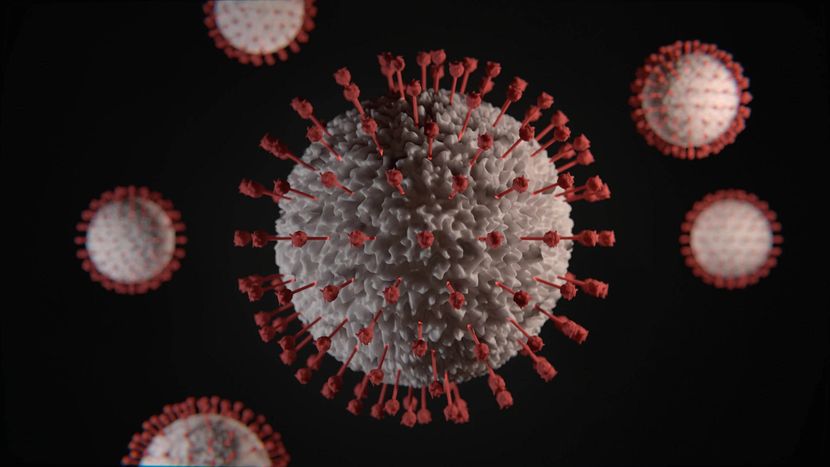I am, by nature, a planner. In my personal life I have daily lists, monthly goals, annual plans and five-year plans. I even have a plan that sketches out an annual reading schedule. One of my favorite aspects of my consulting practice is guiding non-profit organizations and Head Start programs through a strategic planning process.
This is an overview to a series of posts for this week discussing planning and useful strategies nonprofit organizations and Head Start programs to be published this week. The next published posts will discuss useful strategies for three different but interrelated areas of community needs: physical and safety needs; social and emotional needs – including social connections; and cognitive needs (including academic for children).
Funding and revenue sources have been legislatively debated and there is expanded funds, which are unlikely to be available immediately. Additional grant monies and stimulus packages exist for both non-profit and Head Start programs. The final post in this series will discuss how to access this funding.
Mission Statement
Developing a plan for persistence through an emergency is both similar and different to a strategic planning process. Strategic planning begins with a Mission, Vision, Goals and Values. During this national emergency our mission is both clear and simple:
Ensure that our children, our families and our staff can survive at home, physically distanced from one another, but socially connected. We want to ensure that our community returns to work physically safe and healthy, emotionally stable, and optimistic about a better future.
S.W.O.T. Analysis
The second part of strategic planning encompasses a S.W.O.T. analysis or an examination of Strengths, Weakness, Opportunities and Threats. In simpler terms, planning needs an assessment. Where are we? What do we have? What do we need?
Strengths
It is important to acknowledge weaknesses – I work from a position of Appreciative Inquiry Appreciative inquiry is a positive strengths-based approach that examines what works - and seeks to build on that. What is working and why are essential questions for planning. Without an adequate assessment of strengths, planning will neither be relevant or appropriate or effective.
Weakness
Our weaknesses are visible under the strain of this crisis. Importantly, how thorough were our plans and how effective? Were our advocacy efforts effective in ensuring there were enough resources for a pandemic? Knowing what we know now, what would we have done differently? It is important in the middle of a crisis to reflect on what could be improved for next time.
Opportunities
The opportunity is as clear as the mission. We have an opportunity to recover and to make our world a little bit better in process as we reconnect with what really matters – our social connections.
Threat
The threat to our collective well-being is COVID-19 AND its impact on individuals’ lives, our economy, our collective social bonds, and the rapid transmission of misinformation and panic. How long will this threat last?
In any natural disaster, it is impossible to foretell the future. Still, we are reasonably intelligent human beings with a prefrontal cortex and the ability to estimate and project likely scenarios. Our most respected public officials, as reported in the New York Times,
indicate that it could take six to eight weeks before the curve flattens. Flattening the curve is essential. Decreasing the rapid transmission of the novel COVID-19 virus can prevent severe illness, reduce the number of deaths, and lessen the strain on our public health system. Flattening the curve, through social distancing and self-quarantine and limiting our economic production will be devastating to our economy and society.
But it will allow us to recover.
Next Steps
The next post three posts will discuss useful strategies in three different but interrelated areas of community needs: physical and safety needs; social and emotional needs – including social connections; and cognitive needs (including academic for children).
Much of the initial planning covered in this series will focus on planning for the immediate future and emphasize stabilizing our community. At the same time, we should be making plans for short-term recovery and long-term improvement.
Part of that long-term improvement will require advocacy for social policies that ensure our children and families have adequate food, adequate health care (and insurance) and adequate housing along with access to accurate and reliable information in the event of a crisis. It is the only way our society, and our economy will recover.
Stay safe, stay well, stay connected. We would love to hear from you if you have additional strategies or resources to share.




